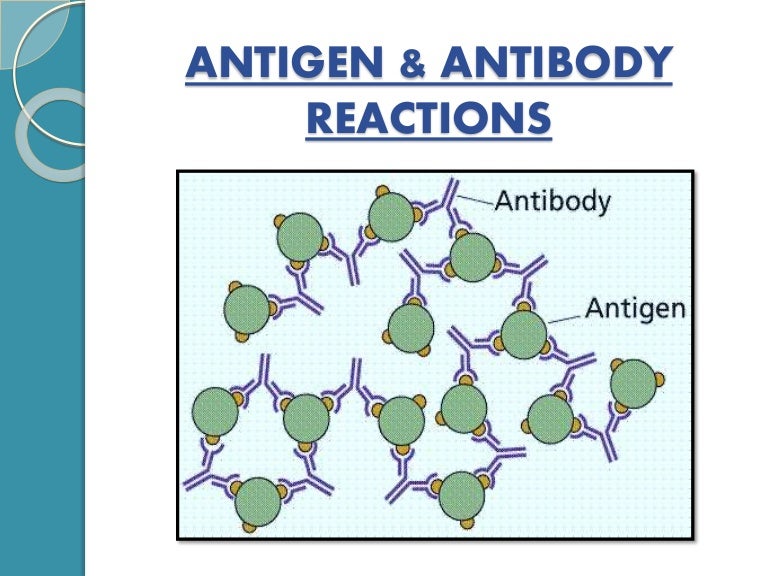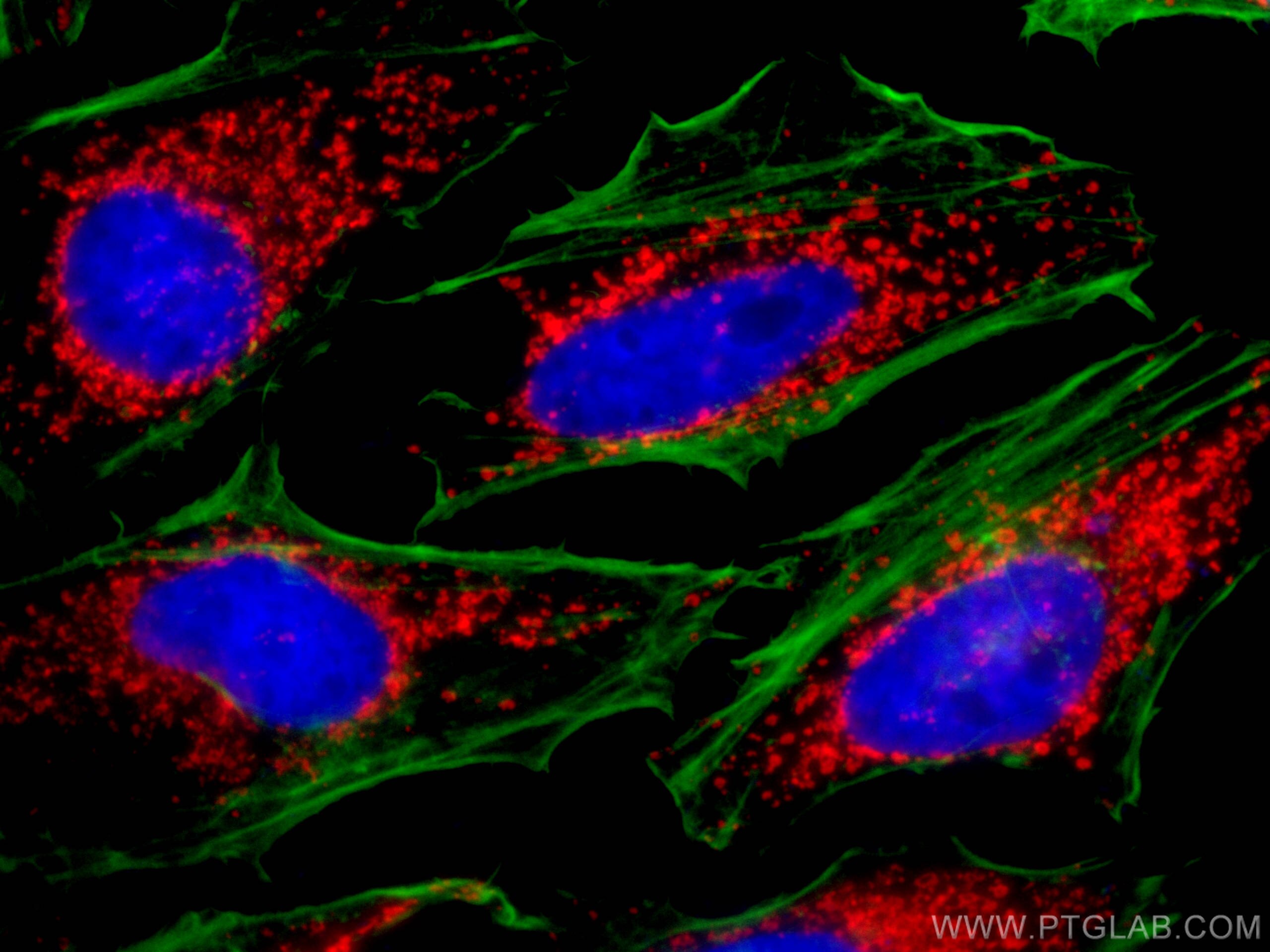

Potential cross-reactivity for CMV IgM may occur with specimens positive for Epstein-Barr virus viral capsid antigen IgM and parvovirus B19 IgM. Immune complexes or other immunoglobulin aggregates present in patient samples may cause increased nonspecific binding and produce false-positive results. The performance characteristics of these assays have not been evaluated in immunosuppressed or organ transplant recipients and have not been established for cord blood or for testing of neonates. In cases of suspected disease, submit a second sample for testing in 10 to 14 days. Results should be considered in conjunction with clinical presentation, patient history and other laboratory findings.

The CMV IgM and IgG results should not be used alone to diagnose CMV infection. Immunocompromised patients may have impaired immune responses and non-reactive IgM/IgG results may be due to delayed seroconversion and, therefore, do not rule out current infection. Sera drawn very early during the acute stage of infection may have undetectable levels of cytomegalovirus (CMV) IgM or IgG. Submit an additional sample for testing if clinically indicated. Individuals with negative CMV IgG results are presumed to not have had prior exposure or infection with CMV and are, therefore, considered susceptible to primary infection.Įquivocal CMV IgM or IgG results may occur during acute infection or may be due to nonspecific binding reactions. These individuals may transmit CMV to susceptible individuals through blood and tissue products. Positive CMV IgG results indicate past or recent CMV infection. Levels of antibody may be lower in transplant patients with secondary rather than primary infections. IgM antibody responses in secondary (reactivation) CMV infections have been demonstrated in some CMV mononucleosis patients, in a few pregnant women, and in renal and cardiac transplant patients. Positive CMV IgM results indicate a recent infection (primary, reactivation, or reinfection). In cases of primary infection where the time of seroconversion is not well defined as high as 28% (10/36) of pregnant women did not demonstrate CMV IgM antibody. In addition, up to 23% (3/13) of pregnant women with primary CMV infection did not demonstrate detectable CMV IgM responses within 8 weeks postinfection. It has been reported that CMV-specific IgM antibodies were not detectable in 10% to 30% of cord blood sera from infants demonstrating infection in the first week of life. However, a negative result does not rule-out primary CMV infection. In the United States, the prevalence of CMV-specific antibodies increases from approximately 36% to over 91% in children between 6 to 11 years of age and adults over 80 years old, respectively.Ī negative cytomegalovirus (CMV) IgM result suggests that the patient is not experiencing acute or active infection. CMV is also responsible for congenital disease among newborns and is one of the TORCH infections (toxoplasmosis, other infections including syphilis, rubella, CMV, and herpes simplex virus).ĬMV seroprevalence increases with age. Infection in these patient populations can affect almost any organ and lead to multiorgan failure. Primary CMV infection in immunocompetent individuals may manifest as a mononucleosis-type syndrome, similar to primary Epstein-Barr virus infection, with fever, malaise and lymphadenopathy.ĬMV is a significant cause of morbidity and mortality among bone marrow or solid organ transplant recipients, individuals with AIDS, and other immunosuppressed patients due to virus reactivation or from a newly acquired infection. Cytomegalovirus (CMV) is a member of the Herpesviridae family of viruses and usually causes asymptomatic infection after which it remains latent in patients, primarily within bone marrow derived cells.


 0 kommentar(er)
0 kommentar(er)
